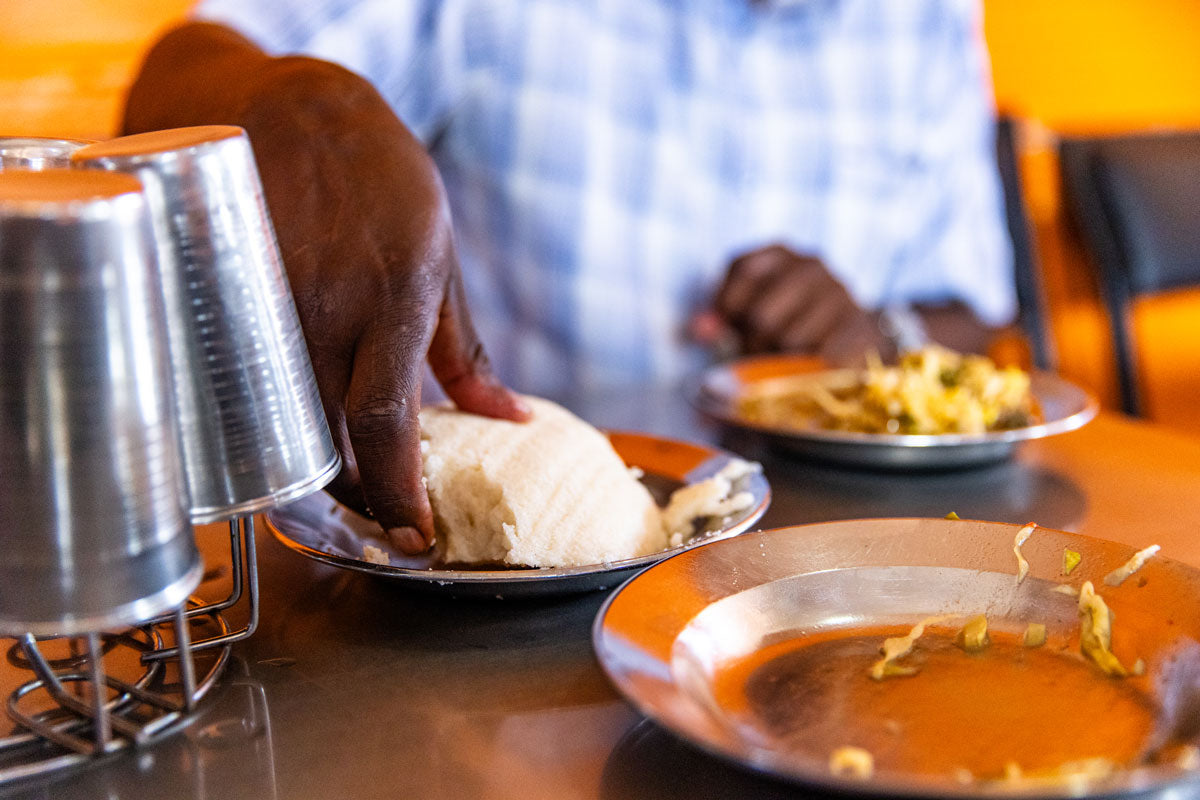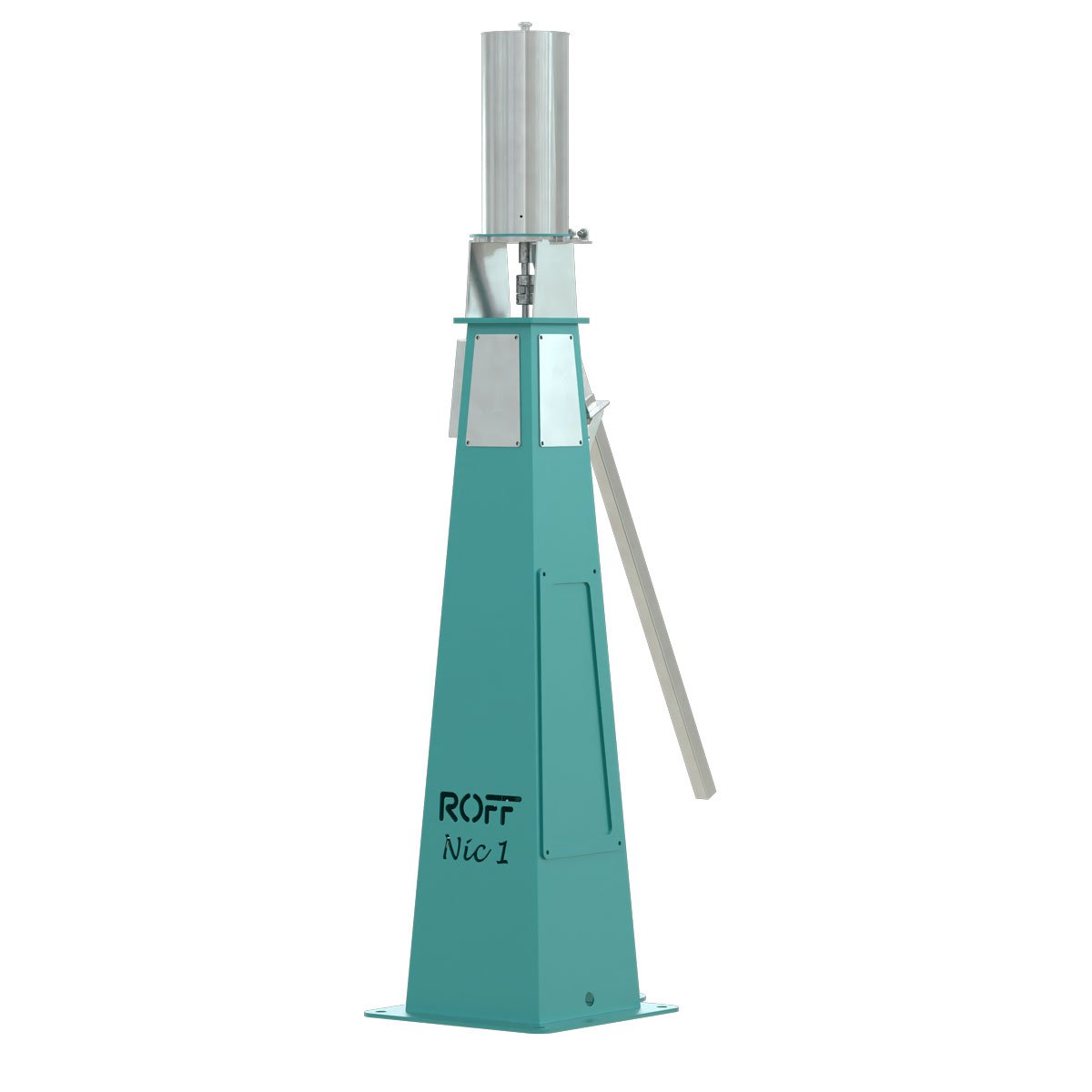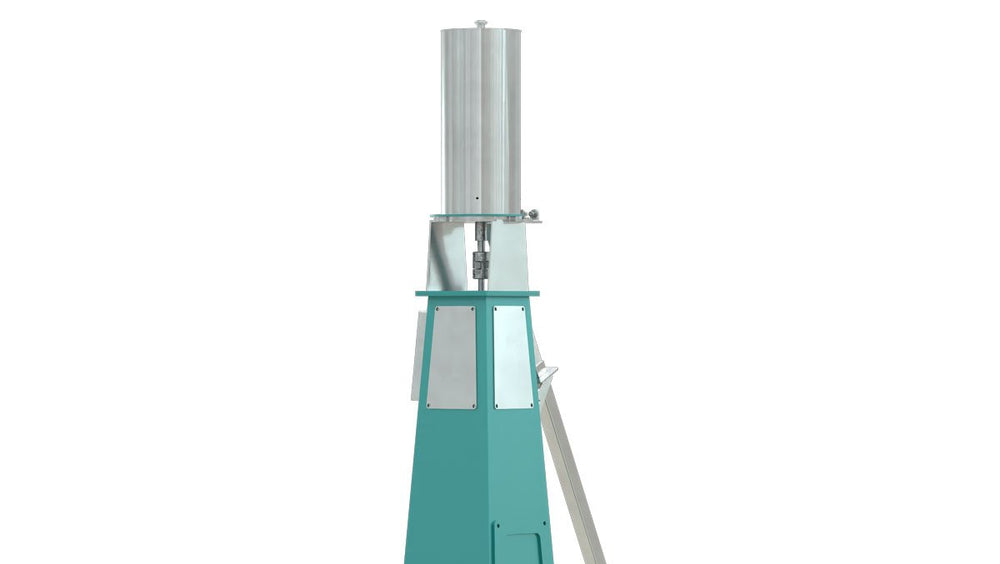Discover why maize fortification is essential for public health in Africa, what nutrients are added, and how Roff's Vitamin Doser makes the process easier and more accurate.
Maize, as a staple food across much of Africa, plays a critical role in daily nutrition. However, despite its high consumption, maize in its unfortified form lacks essential micronutrients necessary for optimal health. Maize fortification is the process of deliberately increasing the content of essential vitamins and minerals during the milling process to address public health deficiencies, particularly in vulnerable populations.
Why fortify maize?
Micronutrient deficiencies, also known as "hidden hunger," affect millions across Africa. Deficiencies in iron, zinc, vitamin A, and folic acid can lead to stunted growth, weakened immunity, cognitive impairments, and complications in pregnancy. Fortification helps bridge this nutritional gap, providing people with vital nutrients without requiring a change in diet or behaviour.
What nutrients are added to fortified maize?
Typically, fortified maize meal includes:
- Vitamin A – important for vision and immune function.
- Iron – helps prevent anemia and supports cognitive development.
- Zinc – supports immune health and wound healing.
- Folic Acid – crucial during pregnancy to prevent birth defects.
- Vitamin B12 and Niacin – support metabolism and energy production.
How is maize fortification done?
In industrial maize milling, fortificants are added using a precise dosifier system that accurately dispenses micronutrients into the flour during processing. One of the most reliable tools available for this task is the Roff Vitamin Doser. This piece of equipment ensures:
- Consistent and accurate dosing
- Regulatory compliance
- Ease of use for mill operators
- Minimal maintenance and downtime
The dosage is carefully monitored to maintain consistent quality across batches and to meet government standards for maize meal fortification.
The public health impact of fortifying maize
Countries that have implemented maize fortification have seen measurable improvements in public health. Fortification has led to:
- A reduction in iron deficiency anaemia
- Lowered rates of neural tube defects in infants
- Better immune function among children and adults
It is particularly impactful in low-income and rural areas where people rely heavily on maize as their primary food source.
Fortification regulations and industry support across Sub-Saharan Africa
Many governments in Sub-Saharan Africa have recognised the health benefits of maize fortification and have implemented or are in the process of developing national fortification policies. Countries like Nigeria, Zambia, Kenya, and Tanzania have made maize fortification mandatory for industrial mills, supported by national standards and oversight agencies. Regional organisations, such as the East, Central and Southern Africa Health Community (ECSA-HC) and GAIN (Global Alliance for Improved Nutrition), work alongside governments to strengthen implementation frameworks.
In South Africa, maize meal fortification is mandatory for all industrially milled white and yellow maize. The government, through the Department of Health, has established fortification standards, and compliance is monitored by regulatory bodies. Organisations like the South African Grain Information Service (SAGIS) provide support through data tracking, awareness, and enforcement initiatives.
These collective efforts ensure that fortified maize meal contributes positively to the nutritional status of populations across the region.
Challenges and opportunities in maize fortification
While the benefits are significant, challenges remain:
- Equipment calibration and maintenance – especially in small-scale mills
- Awareness and education – among both consumers and smaller mill operators
- Accessibility of fortification technology – in rural and under-resourced areas
Solutions include:
- Increasing adoption of automated dosing equipment like the Roff Vitamin Doser
- Public-private partnerships to subsidise fortification equipment
- Training programs for millers and quality assurance personnel
Why choose Roff for fortification equipment?
Roff Milling has extensive experience in the maize milling industry and understands the practical challenges faced by African millers. The Roff Vitamin Doser is designed with African conditions in mind:
- Rugged construction for durability
- Compact design to fit in smaller mills
- Easy integration with existing Roff mills, including the SP-1 and R-70
 Fortification Is a simple step with big results
Fortification Is a simple step with big results
By investing in reliable fortification technology, millers play a key role in improving the health of entire communities. Fortified maize meal doesn’t just fill bellies—it builds stronger, healthier populations.
Learn more about maize fortification and Roff’s innovative solutions at www.roff.co.za.





